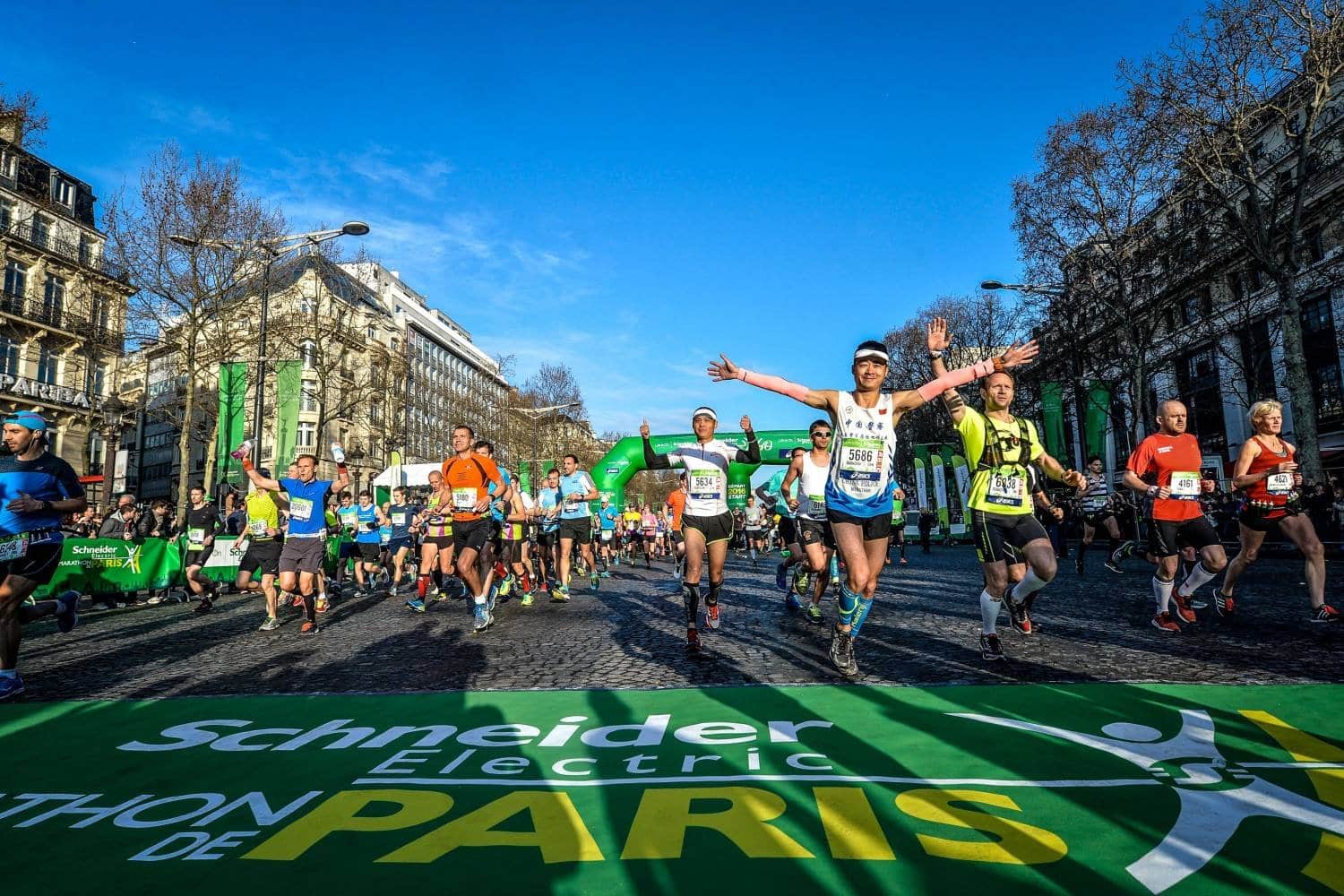Running Glossary: Understanding Runner’s Vocabulary
28/02/2025 01:02The jargon of running can sometimes seem complex whether you are a beginner or experienced. With technical terms like VO2 max, anaerobic threshold, fartlek, or pronation, it’s easy to feel lost. This running glossary is here to enlighten you, and most importantly, to impress during in-depth running discussions.
MAS (Maximal Aerobic Speed)
MAS is the running speed at which you reach your maximum oxygen consumption (VO2 max). It’s not the same as your top sprinting speed, which you can sustain only for a few seconds. Running at MAS is extremely intense and can usually be maintained for only a few minutes. It’s a key performance indicator and varies from runner to runner.
Threshold
Threshold refers to a level of intensity in running. There are two different thresholds in running:
–Aerobic Threshold (VT1): The point at which your body starts producing more lactate but can still clear it efficiently.
–Anaerobic Threshold (VT2): The intensity at which lactate accumulates faster than your body can remove it, leading to fatigue.
Easy Pace / Base Training
This is your everyday running pace, often referred to as an “easy run” or “conversational pace.” It’s a low-intensity effort designed to build endurance.
Tempo Pace
Tempo pace is a moderate intensity pace, usually around 70-80% of your max heart rate. It’s comfortably hard but sustainable for an extended period, making it a staple of race preparation.
Fartleck
A Swedish term meaning “speed play,” fartlek training involves alternating bursts of faster running with slower recovery segments, usually done on varied terrain.
Strength & Conditioning (S&C)
Also known as general strength training, this includes exercises that improve muscular endurance and power, often using body weight or resistance tools like bands or medicine balls.
Pace
Pace refers to how fast you run per mile or kilometer. Example: a 5:00/km pace equals 12 km/h.
Lap
A lap is one complete loop around a track, or a recorded split on your GPS watch. “Lapping” your watch means manually recording a time split while keeping the total time running.
Split
A split is the recorded time for a specific section of a run (e.g., each mile of a marathon).
Negative split
Running a negative split means running the second half of a race faster than the first half.
HR MAX (Max Heart Rate)
Your maximum heart rate is the highest number of beats per minute (BPM) your heart can reach during intense effort. Knowing your HR max helps in setting training zones.
Recovery Phase
The recovery phase in a training cycle allows your body to adapt and absorb previous training stress. It’s a crucial period for progress and injury prevention.
Start Corrals (Wave Starts)
Start corrals are designated sections where runners line up before a race start. Each corral is assigned based on expected finish times to ensure a smoother race flow. For example, runners targeting a 4:30 marathon will start in the 4:30 corral.
Finisher
A finisher is anyone who completes a race. If you finish the Boston Marathon, you’re officially a Boston Marathon finisher!
RP (Personal Record)
Also known as PB (Personal Best), this is your fastest time over a given race distance.
DNF
Did Not Finish: A runner who starts but does not complete a race.
DNS
Did Not Start: A registered runner who does not start the race, often due to injury or unforeseen circumstances.
Shoe Rotation
Rotating between different running shoes based on training type (e.g., long runs vs. speed workouts) to improve performance and reduce injury risk.
Drop (Heel-to-Toe Drop)
The drop of a shoe refers to the height difference (in millimeters) between the heel and forefoot. Minimalist shoes have a lower drop, while traditional running shoes typically have a higher drop.
Pronation
Pronation describes how your foot rolls inward when it lands. Some runners overpronate, meaning their foot rolls too much inward, which may require stability shoes.
Supination
Supination is when your foot rolls outward upon landing. Runners who supinate might need cushioned shoes to absorb impact effectively.
| Marathon Calendar in France, ici.



